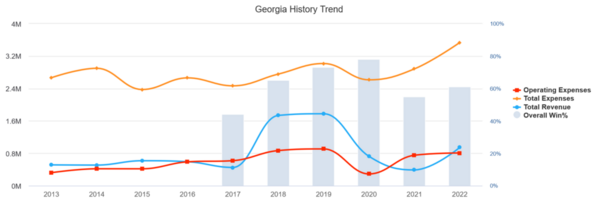Okay, didn't want to change topics on Giff's post "Is there something wrong with my son", that has had the Portal brought up a number of times as a reason for slow HS recruiting. And in his case I can see it has an affect.
So this may be a dumb question. but.
Overall, isn't it really the same number of players . I mean those coming from the portal would have been on college rosters anyway, leaving only so many HS recruits to be recruited. Was it before there were more HS recruits that really just ended up not making the team after the fall? Isn't this really, when talking about the entire universe of college baseball, more of the extra year of eligibility problem? The Grad Student transfers.
I think the real deal is that the top programs are recruiting fewer HS seniors, but overall I've seen basically just as many commitments as I have found historically. And didn't the removal of the penalty of having to sit out a year, which helps those in the portal, really only affected those moving up levels, not a lateral move. (I might have that wrong)
I just think there is an awful lot of, "it's the portal's fault" that HS recruiting is down. Like I said, I can buy it at the top level schools or the desired programs, more than I can believe it's affecting being able to play ball somewhere. I mean I can't see DIII potential prospects blaming the portal, in fact they should probably be thanking it.
potentially the shift to hs recruits will be a later in the year thing, as someone did point out that for some schools they just won't find the player they want in the portal. I also think that competing for players in the portal openly might cause some programs to turn away from it eventually, especially if they have to negotiate and compete with NIL or scholarship %.
All of this is said questionably as this is not a topic I am strong with, so please pull it apart.




